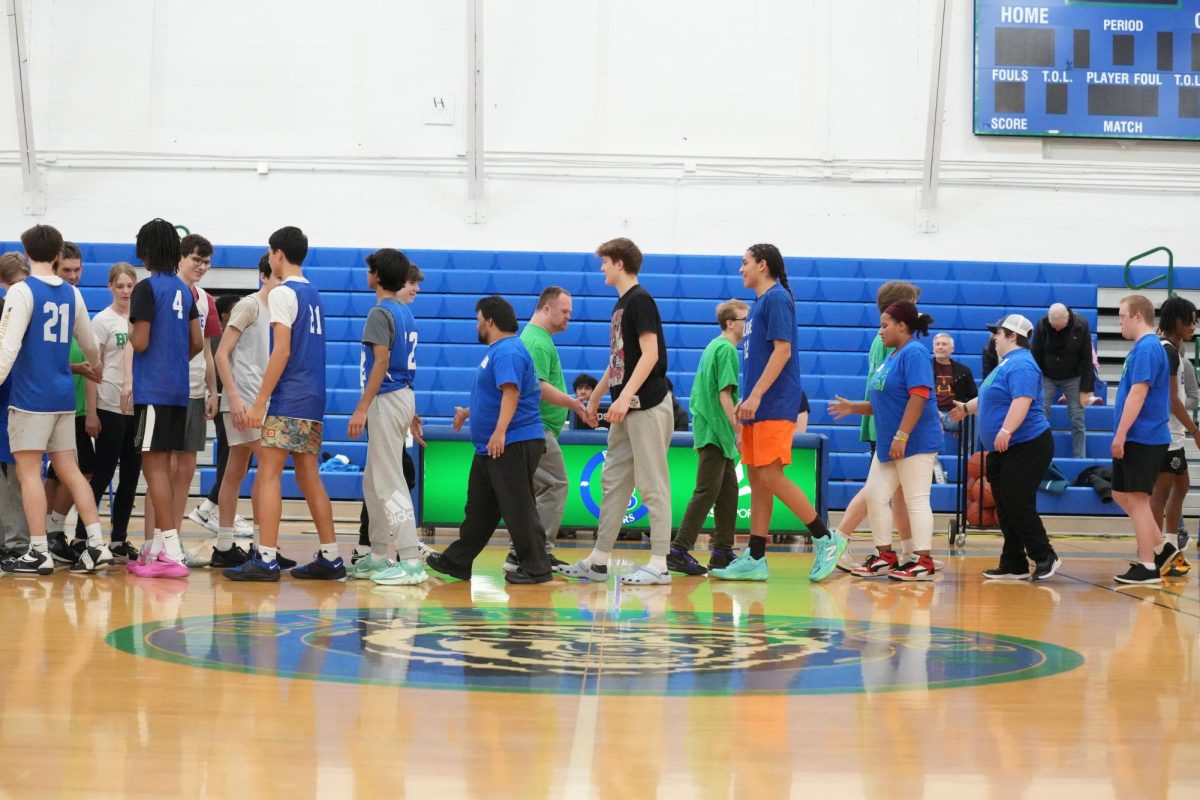Whether or not you play video games, you’ve likely heard of Fortnite Battle Royale. The free sandbox survival game is grossing nine figures a month and the craze isn’t showing any signs of dying down.
The massive revenue Fortnite has been generating is driven by a cultural obsession with the game, powered by the rise of video game prevalence in social media, where Fortnite-related material is very easily accessible. Gameplay content is dominating streaming services such as Youtube and Twitch, shattering viewer records in the process. The demand doesn’t seem to be waning, and even superstars like Drake have hopped onto the trend to play for live audiences.
The game was also fast to spread to different platforms and become easily accessible, especially due to lack of purchase price. It is available on Xbox, PlayStation, PC, and now as a mobile application, so pretty much everyone can play. Though the game is more popularly played on gaming consoles, the mobile app makes it possible to have a pocket sized version of the game on-hand at all times.
Fortnite’s competitive component is, in a way, addictive and drives players to spend most of their free time gaming. Students find time to play a game or two even in between their classes. Sam Hykes ‘20 says, “[The mobile app] makes it really quick and convenient and you can just kind of play it whenever. I think that’s what makes it the most fun.”
Online gaming had become a form of community building long before Fortnite existed; a way to talk and play with friends miles apart. Players often wear headsets to facilitate a connection with their friends or random players worldwide, while playing for the number one spot.
Beyond being just a video game, Fortnite interactive component is one of the most appealing to players. Levi Klein ‘19 says, “Working with your friends and trying to win is one of the best feelings you can have”. When playing in teams, players combine their skills in best effort to win the game.
Students build existing friendships and find new ones through playing video games; it is a way of building bridges between people who don’t normally cross paths. Gavin McDonough ‘19 says, “I’m better friends with people I otherwise wouldn’t be… I’ve ended up playing with people that I never thought I would’ve. I think it brings people together.”
What’s in store for Fortnite? Though the game’s future in unknown, players seem to have different outlooks on the topic of the its relevance.
In addition to the game’s initial essence, the game developers have started releasing updates, altering and adding new elements to the game. For example, the most popular dropping place on the map – Tilted Towers – has been destroyed in order to disburse and even the distribution of players across the map, making for a longer and more quality round, each time.
The makers, Epic Games, have also released a storyline to go with the game, meteors, etc. In-game purchases are Fortnite’s way of making money. Using a gaming currency, V-bucks, players can buy “skins”(outfits for their characters), alter the appearance of certain tools , and even different dance moves to perform in the game.
“I see it lasting around two to three months”, says Bella Ohrt ‘21. Other players see a much bigger potential longevity for the game; McDonough says, “It has more potential to become a lasting trend because it’s interactive. I see games like it lasting for a long time.”








